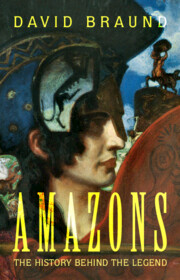Marketing strategies today often rely on creating an emotional connection to the brand through personalizing or humanizing the business. This article explores how both the American Ringling Bros and Barnum & Bailey and the British Bertram Mills Circus used this strategy in the early twentieth century to encourage audiences to attend their circus rather than any other. John Ringling and Bertram Mills may best be remembered for totemic images but their celebrity was constructed through a reiterative performance process. In this article Kate Holmes examines the shifts in their representation performed in press, publicity, and anecdote to explore how each iteration of their public identity functioned to publicize their respective circuses at significant points. She also explores how these circus celebrity identities, focused on achieving financial success for a commercial enterprise, activated and perpetuated national self-identities linked to class. Kate Holmes, who has previous experience as a qualified marketer, recently completed a PhD in Drama at the University of Exeter. Her research on circus performance has been published in Early Popular Visual Culture and is forthcoming in Stage Women, a collection of essays on early twentieth-century female performers.


